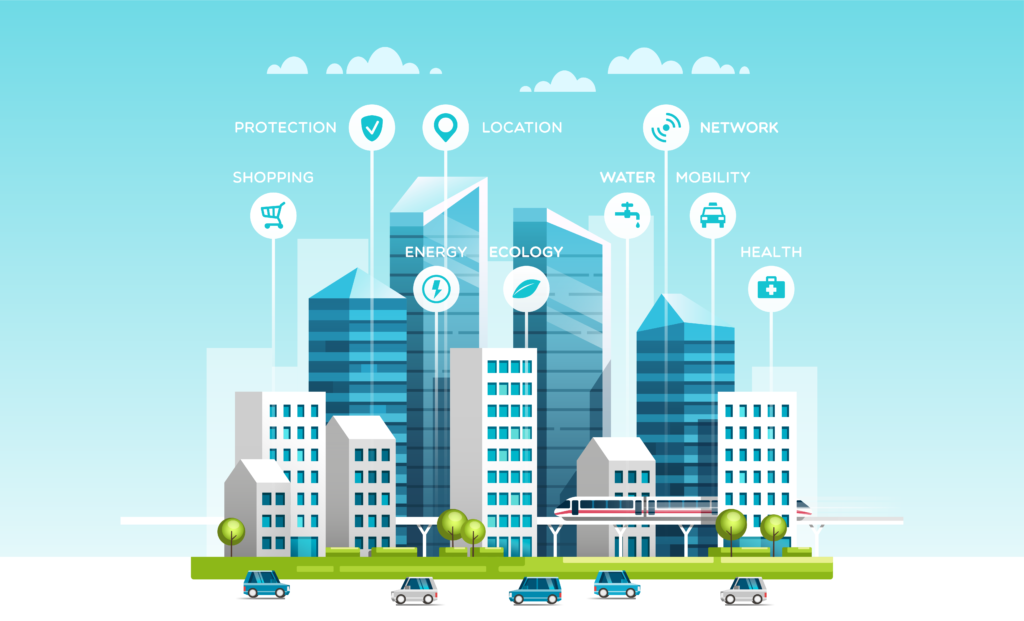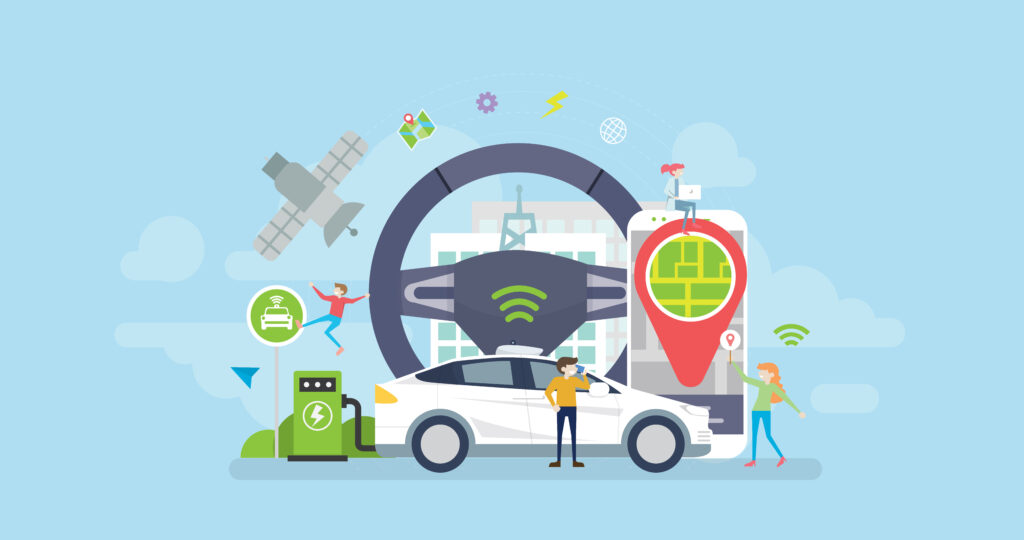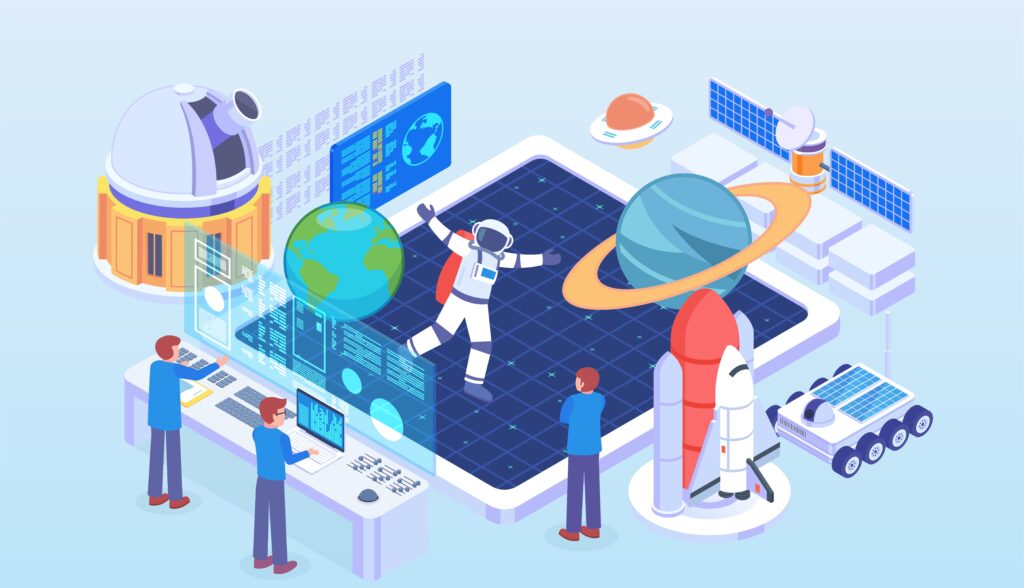APPLICATIONS

Smarter Cities
With our Analog Deep Learning (ADL) chip technology centered around our unique process of On-Site-Computation (OSC) model, we can vastly improve the integration of smart devices into the cities’ existing soft- and hard infrastructure to enable Smart Cities. Our ADL through OSC can 1) Accelerate at scale and improve object recognition and tracking for city camera systems2) Deliver a powerful AI-enabled traffic control environment, 3) Enable inter-device communication for higher computing power, 4) Manage in real-time the city’s power consumption needs.

Smart Homes
Our OSC model enables all smart and internet-connected devices at home to operate autonomously with minimal human interaction. Our ability to offer high-performance object detection and rapid image segmentation will enable home devices, from simple appliances to complex robots, to 1) provide seamless operation with no supervision, 2) self-diagnose and troubleshoot, 3) monitor, aid, and detect owner’s health, and much more.


Smart Factories
Our technology enables factories, small or large, to maximize their output by utilizing ML and AI on site. Through OSC factories are enabled to 1) use AI/ML to cut inefficiencies in production, 2) conduct high-level autonomous quality control with no human interaction, 3) maintain factory and machine health, and 4) predict surges in demand due to internal and external factors.

Self-driving Vehicles
Through OSC, self-driving vehicles are enabled to increase the amount and types of data processing for a safer and more reliable driving experience. Our technology makes current self-driving computers more powerful and efficient, which in turn allows automakers to feed additional data into the system. Currently, most automakers in the self-driving arena feed camera, laser, and LiDAR data into their car computers. However, by increasing compute capacity and efficiencies through our technology, automakers will be able to add traffic data, weather patterns, road conditions, and other data inputs to the car’s computer for processing.


AR/VR and Metaverse
We can greatly improve user interaction and adaptation in the Artificial and Virtual Reality (AR and VR) sectors through the utilization of OSC. We can improve user experience by processing information on site and cutting latency and lag. Additionally, our OSC technology can track and analyze user movement and input in real-time independent of internet bandwidth.

Aerospace and Drones
We can improve system reliance, safety, and accuracy by cutting external dependencies, such as human input and ground signals. Allowing aerospace assets, in the private and government sectors, to operate with limited reliance on ground-control will vastly enhance system reliability and safety. Most importantly, on-site enabled self-operation allows aerospace assets to be difficult to penetrate by adversaries and competitors in the space, due to lack of data transmissions back to the ground.


